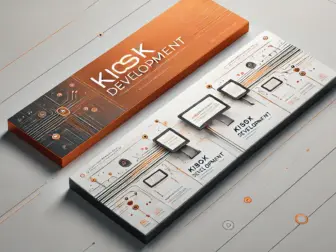Tag - self-service kiosk
Revolutionizing Customer Experience with Self-Service Kiosks
Self-service kiosks have become increasingly popular in various industries, from retail and hospitality to healthcare and transportation. These innovative machines allow customers to independently complete tasks that would typically require assistance from a staff member. By offering a convenient and efficient way for customers to interact with businesses, self-service kiosks are revolutionizing the customer experience.
One of the key benefits of self-service kiosks is the ability to reduce wait times and improve efficiency. Gone are the days of long lines and frustrated customers waiting for assistance. With self-service kiosks, customers can quickly and easily complete transactions, check-in for appointments, place orders, and more. This not only streamlines the customer experience but also frees up staff members to focus on more complex tasks and provide personalized assistance to those who need it.
Self-service kiosks also empower customers to take control of their own experience. Instead of relying on a staff member to guide them through a process, customers can navigate the kiosk at their own pace and complete tasks independently. This self-serve model puts customers in the driver’s seat, allowing them to customize their experience and make decisions that best suit their needs.
Furthermore, self-service kiosks can help businesses gather valuable data and insights about their customers. By analyzing the usage patterns and behaviors of customers interacting with the kiosks, businesses can identify trends, preferences, and areas for improvement. This data can then be used to tailor marketing strategies, product offerings, and customer service initiatives to better meet the needs and expectations of customers.
In addition to improving efficiency and empowering customers, self-service kiosks can also help businesses reduce costs. By automating routine tasks and transactions, businesses can lower labor expenses and reallocate resources to other areas of their operations. This not only improves the bottom line but also enhances the overall profitability and sustainability of the business.
Overall, self-service kiosks are revolutionizing the customer experience by offering convenience, efficiency, empowerment, and cost savings. As businesses continue to adopt this technology and innovate new ways to leverage its capabilities, the possibilities for improving customer interactions are endless. Whether it’s checking in for a flight, ordering a meal, or scheduling a doctor’s appointment, self-service kiosks are transforming the way customers engage with businesses and shaping the future of customer service.
